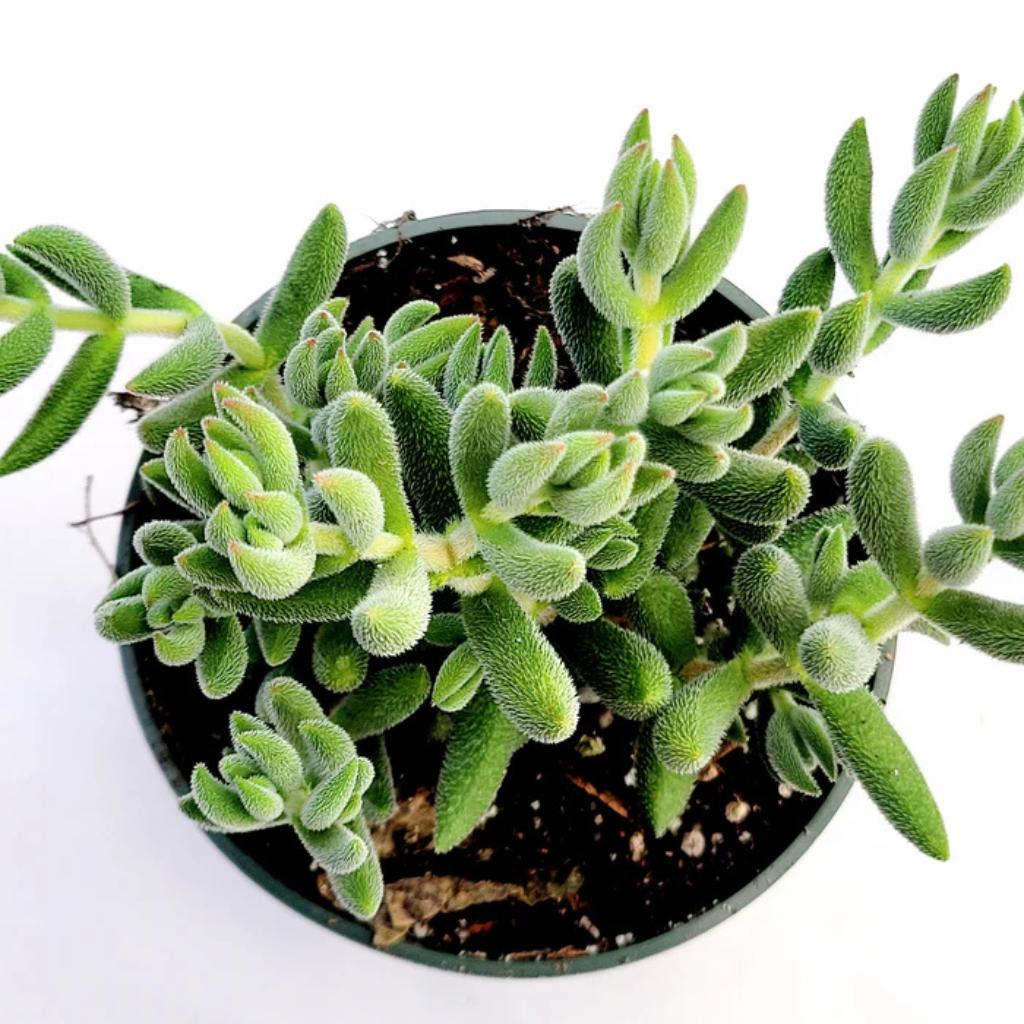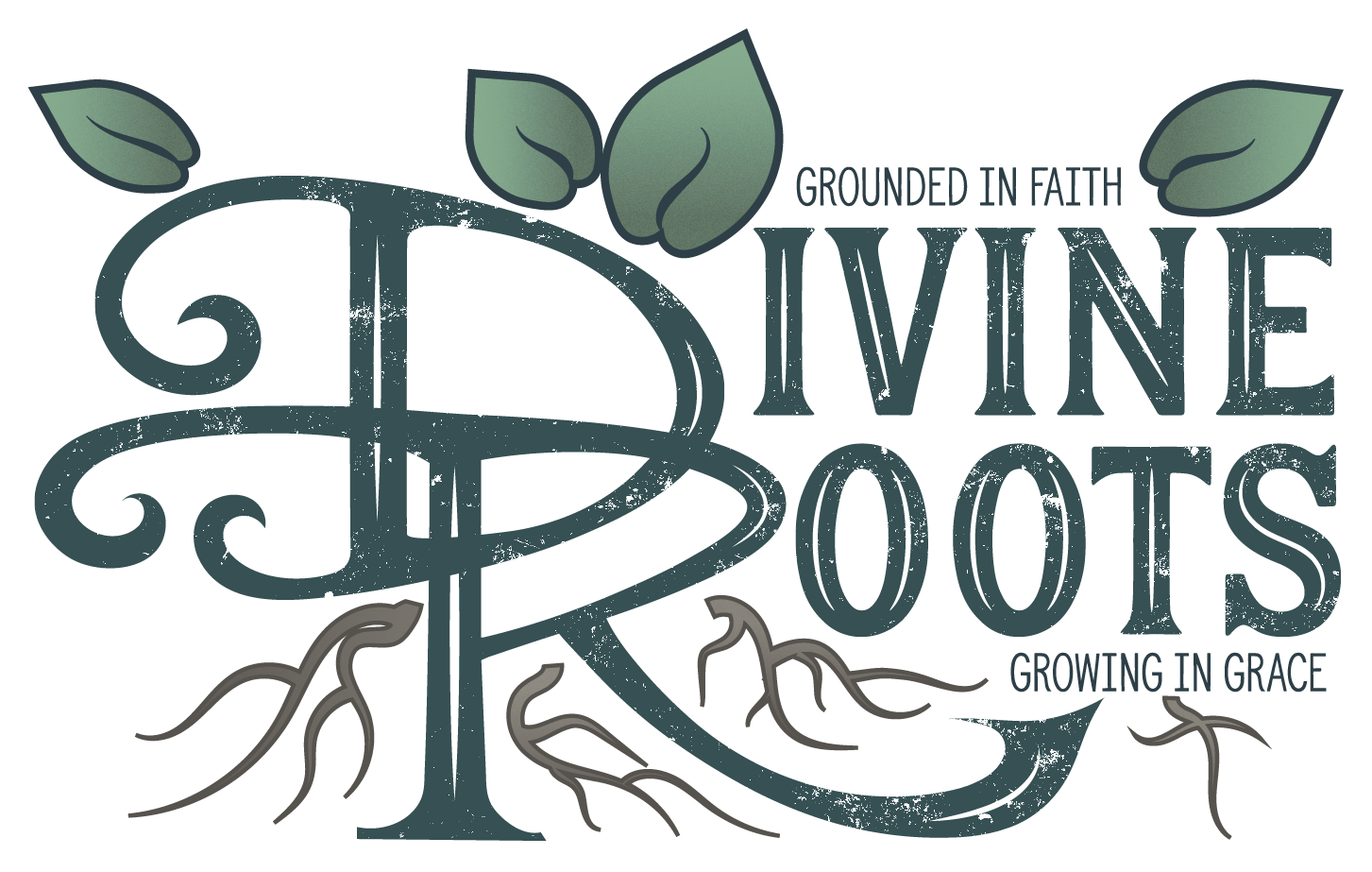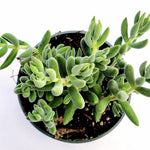
Crassula Mesembryanthemoides
$12.79
Unit price perEstimated delivery between 14 August and 16 August.
At Divine Root, we are committed to delivering healthy, high-quality indoor plants to our customers. While we do not accept returns due to the perishable nature of live plants, we offer a 30-day plant health guarantee and store credit for qualifying issues. Please read our Refund Policy carefully to understand how we handle concerns regarding plant health, shipping, and order

Crassula Mesembryanthemoides Care Guide & Presentation
Pet Safe
Yes
Water Needs
Low
Sunlight
Bright
Hardiness Zones
9-11
Temperature
65°F to 80°F
Suitable Space
Desks, windowsills, dry indoor spots
Humidity
Low
Plant Class
Crassula
Plant Type
Succulent
Plant Characteristics
Fuzzy, upright
Genus
Crassula
Fertilizing
Quarterly
Re-potting
2-3 Years
Cleaning
As needed
Propagation
Stem cuttings
Crassula Mesembryanthemoides: Overview
The Crassula Mesembryanthemoides, often nicknamed "Pagoda Plant" for its stacked, geometric leaf arrangement, is a captivating succulent native to the arid regions of South Africa. Belonging to the Crassulaceae family, this slow-growing perennial features tightly packed, triangular leaves that form a columnar, pagoda-like structure. The leaves are fleshy, green to gray-green, and may develop reddish edges when exposed to bright sunlight.
This drought-tolerant succulent thrives in dry, well-draining conditions and is prized for its sculptural form, making it a standout in rock gardens, terrariums, or minimalist indoor displays. Mature plants can reach 6-8 inches tall, producing small white or pale pink flowers in late winter or spring under optimal conditions. Its compact size and low-maintenance nature make it ideal for succulent enthusiasts and beginners alike.
Crassula Mesembryanthemoides: Benefits
- Architectural appeal: Adds striking vertical interest to desks, shelves, or succulent arrangements.
- Drought-tolerant: Requires minimal watering, perfect for forgetful plant owners.
- Air-purifying: Improves indoor air quality by absorbing toxins.
- Non-toxic: Safe for homes with pets and children.
- Adaptable: Thrives both indoors and outdoors in suitable climates.
Crassula Mesembryanthemoides Care Guide
Light and Water
- Light: Prefers bright, indirect light to partial sun. Direct morning sun enhances leaf coloration; avoid intense afternoon sun to prevent scorching.
- Water: Water sparingly every 3-4 weeks in summer, allowing soil to dry completely between waterings. Reduce to every 6-8 weeks in winter.
Soil and Fertilizing
- Soil: Use a gritty, well-draining cactus/succulent mix. Add perlite or pumice for improved drainage.
- Fertilizer: Feed lightly with a diluted succulent fertilizer (5-10-5) once in spring and summer.
Temperature and Humidity
- Temperature: Ideal range: 65-80°F (18-27°C). Protect from frost and temperatures below 40°F (4°C).
- Humidity: Thrives in dry conditions (10-30% humidity). Avoid humid environments to prevent rot.
Pruning, Propagating, and Repotting
- Pruning: Trim leggy stems to maintain shape. Remove dead leaves at the base.
- Propagating: Propagate via leaf or stem cuttings. Allow cuttings to callous for 1-2 days before planting in dry soil
- Repotting: Repot every 2-3 years in spring. Use a shallow pot to accommodate its compact root system.
Common Problems
- Root rot: Caused by overwatering or poor drainage. Ensure pots have drainage holes.
- Etiolation (stretching): Insufficient light leads to leggy growth. Move to a brighter location.
- Mealybugs: Treat with neem oil or isopropyl alcohol.
- Leaf discoloration: Brown spots indicate sunburn; red edges signal healthy stress from light.
Crassula Mesembryanthemoides: Best Locations & Uses
- Sunny windowsills: Enhance leaf coloration with morning sunlight.
- Desk or office decor: Thrives under bright artificial or indirect natural light.
- Rock gardens or terrariums: Complement other succulents in arid displays.
- Outdoor containers: Ideal for patios in frost-free climates (zones 9-11).
- Pet-friendly spaces: Safe for homes with cats, dogs, or curious toddlers.


